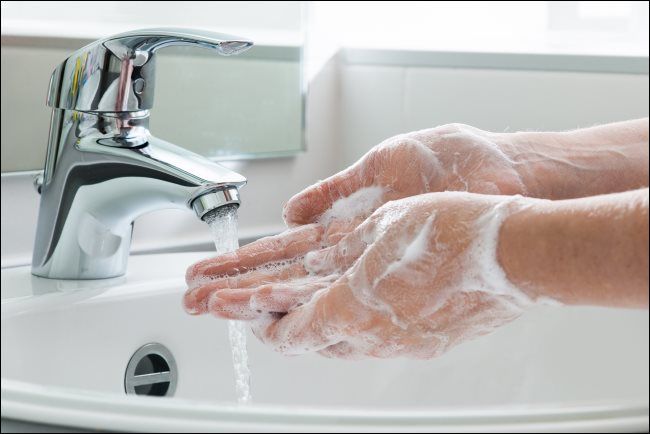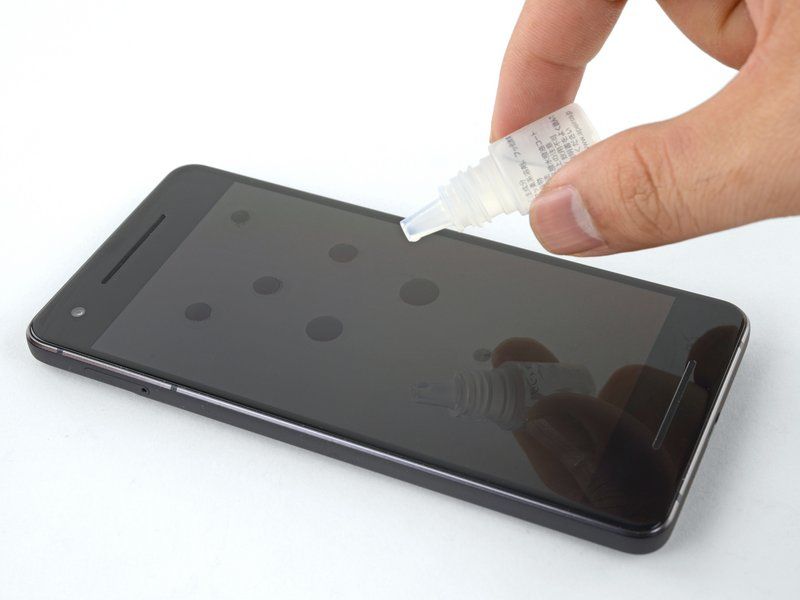There’s a secret layer of protection on your iPhone or Android phone’s screen that keeps fingerprints and smudges at bay. It’s called an oleophobic coating, and it’s something you probably won’t think about until it’s gone. Let’s keep that coating in tip-top shape.
What Is an Oleophobic Coating?
You may have noticed that new phones feel almost frictionless when you’re scrolling and swiping away. That’s due to a microscopic layer of Teflon-like material on your phone’s screen—the oleophobic coating. When you break down the word, “oleo” means “oil” and “phobic” means “fear.”
The “oil fear” is quite literal. An oleophobic coating is a thin film applied to the glass that repels oil and grease, making it harder for fingerprints to stick. This means less smudging and a cleaner-looking screen, which also results in a smoother surface for your finger to move across.
If you’re reading this article, you probably already know how important the oleophobic coating can be. When it starts to break down, the display can feel grimy and sticky. There’s slight resistance when sliding your finger across the screen. It’s not great.
Take It Easy With Cleaners
The most important thing you can do to maintain the oleophobic coating for as long as possible is to ditch the harsh chemicals and abrasive cleaners. Instead, imagine you’re cleaning a delicate piece of art. A soft, slightly damp microfiber cloth is your best friend. Gently wipe away smudges, and avoid those window cleaners and all-purpose sprays like the plague. They might be fine for your countertops, but they’re not kind to oleophobic coatings. The most intense cleaner you should ever use is good ol’ dish soap, but only in dire circumstances.
Clean Hands, Happy Screen
To make the previous tip easier to follow, there’s something simple you can do: wash your hands more often. The oils and grime from your fingers are the arch-nemesis of the oleophobic coating (remember “oil fear”?). The more oil you’re putting on the screen, the more you’ll need to wipe it off. If you’re lifestyle calls for you to be using a phone with messy hands constantly, consider using a stylus or a pair of gloves when using your phone.
Screen Protectors: Not Only For Scratches
Screen protectors aren’t just for preventing scratches on the display. They also act as a sacrificial layer, taking the grease and grime and helping to preserve the oleophobic coating underneath. Screen protectors almost always include their own oleophobic coatings, and they’re much easier to replace when they wear down. With a variety of options available, from tempered glass to thin films, you can find the perfect shield for your phone.
DIY Oleophobic Coating Kits
Despite your best efforts, your phone’s display will eventually lose its smudge-fighting prowess, especially if you hang on to devices for multiple years. The good news is you can actually restore the coating with a DIY kit. These kits usually involve applying a liquid solution to your screen and buffing it to create a fresh, oil-repelling layer.
The ClearView Liquid Glass Screen Protector is a well-rated option for less than $20. Simply search for “oleophobic coating kit,” and you’ll find a bunch of other products. Keep in mind that the coating from these products won’t last as long as the coating that came applied on your phone from the factory, but they can be easily reapplied when the time comes.
Taking care of your phone’s oleophobic coating is probably not something you thought about before buying your phone, but it’s a small price to pay for a pristine and enjoyable experience. It’s one of those things that you won’t miss until it’s gone, and then you’ll really miss it.






